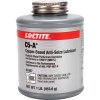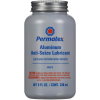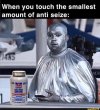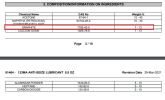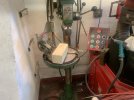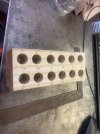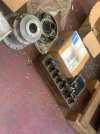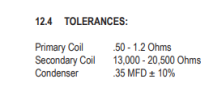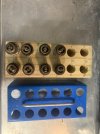Is the black liquid anti seize the best lube to use on plugs? Is there anything else that can be used to offer a little more lube. Every time I remove plugs I think they could use a little more lube. They are very dry and even a little rusty I think when I take them out. I used the black aviation anti seize and nothing else when I put them in.
I am so tempted to add a drop of oil but wanted to get some opinions on what is best.
I read the bottle and it says to shake well and that there is ball inside to assist in mixing it but I don't think there is a ball inside mine? It is so thin and it just don't seem to offer much lube. Maybe lube is not what we need? I do understand we want good electrical contact.
Got some hrs on these plugs, 122 since last time I cleaned them. One or 2 almost seemed like the threads were rusty. I checked the gaps on all of them and they are over 22 on a couple of them. So I am glad I swapped them as they were running good with no issues but I knew they were over a 100 hrs since last cleaning and re-gapping.
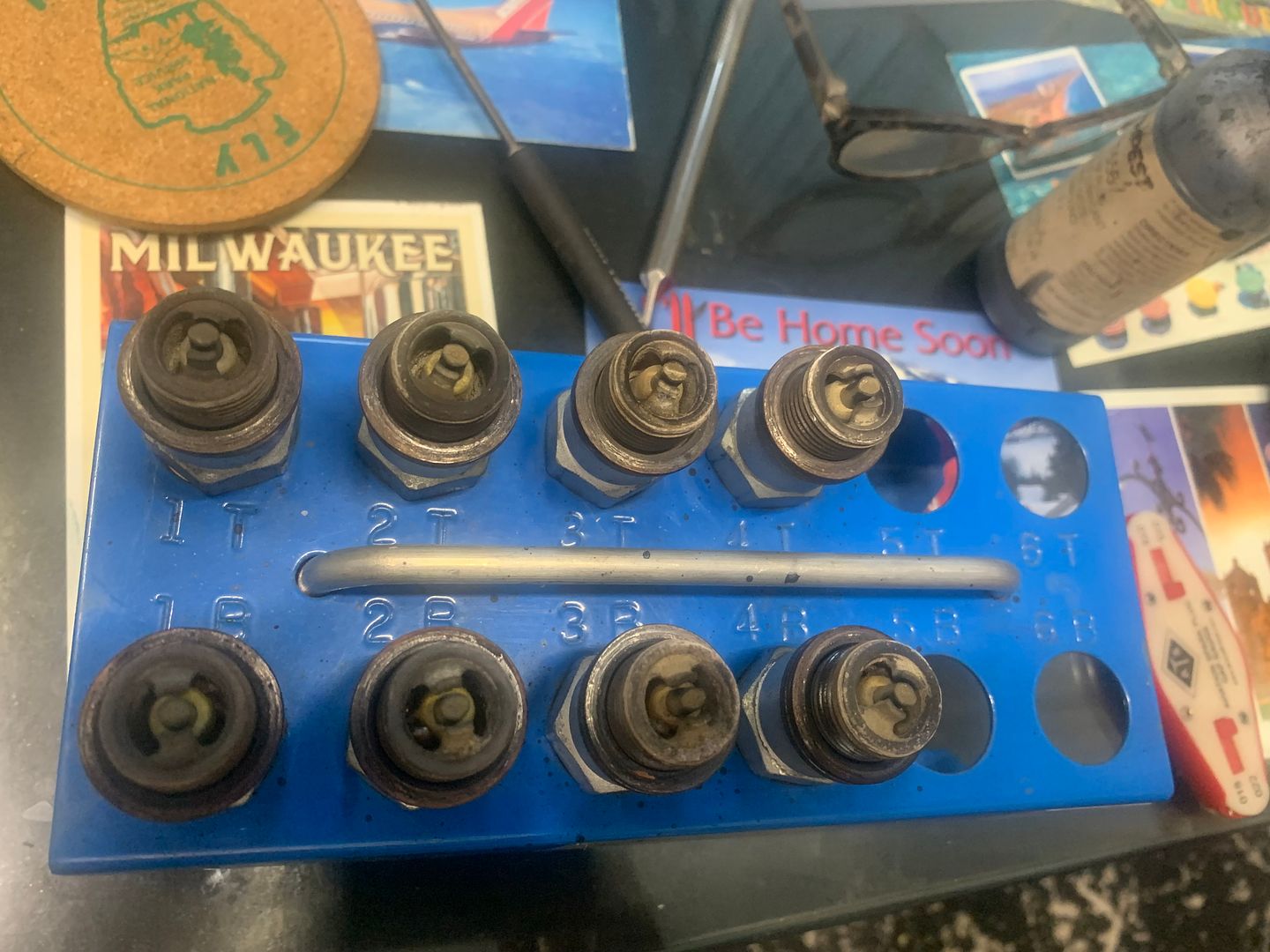
I am so tempted to add a drop of oil but wanted to get some opinions on what is best.
I read the bottle and it says to shake well and that there is ball inside to assist in mixing it but I don't think there is a ball inside mine? It is so thin and it just don't seem to offer much lube. Maybe lube is not what we need? I do understand we want good electrical contact.
Got some hrs on these plugs, 122 since last time I cleaned them. One or 2 almost seemed like the threads were rusty. I checked the gaps on all of them and they are over 22 on a couple of them. So I am glad I swapped them as they were running good with no issues but I knew they were over a 100 hrs since last cleaning and re-gapping.
Last edited:

